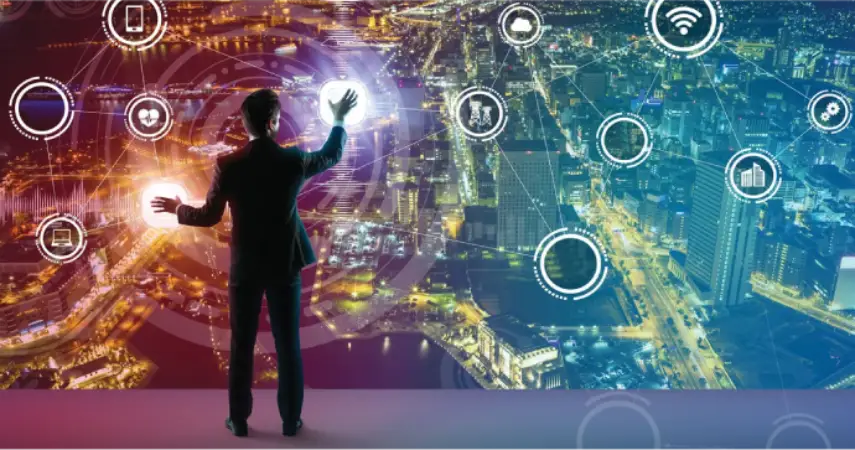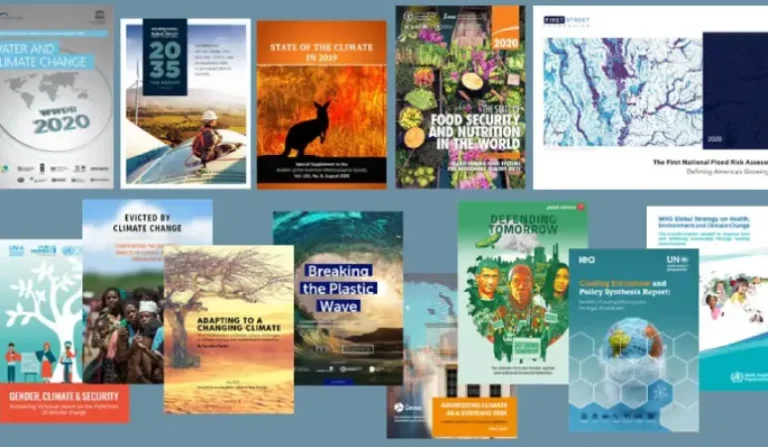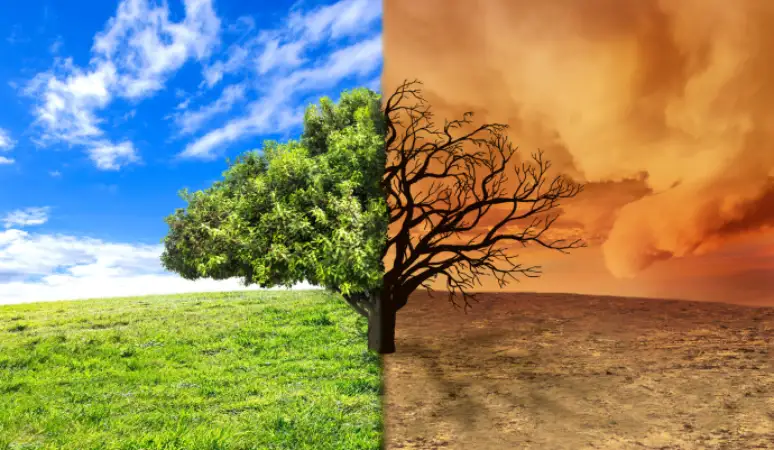The Future of Innovation is a journey that will redefine how we live, work, and connect with the world. As technology rapidly advances, we push the boundaries of possibility and enter a new era. From artificial intelligence to sustainable energy, the future of innovation promises breakthroughs that will revolutionize industries and shape the next generation of ideas. This transformative period invites us to imagine what’s next and challenges us to become active participants in creating the innovations that will define our future.
Emerging Technologies Shaping the Future of Innovation
The Rise of Artificial Intelligence (AI)
Artificial Intelligence, or AI, is one of the most important technologies shaping the future of innovation. AI refers to machines or computers that can perform tasks that normally require human intelligence. These tasks include understanding language, recognizing images, and making decisions. In today’s world, people use AI in many areas, such as healthcare, education, and business.
One major benefit of AI is that it can help solve problems faster than humans. For example, in healthcare, AI can analyze medical images to detect diseases early, helping doctors treat patients more effectively. In business, AI can analyze data to predict future trends, helping companies make better decisions. This ability to process large amounts of information quickly is one reason why AI is a key driver of the future of innovation.
However, as AI continues to grow, it’s important to think about the impact it could have on jobs. Many worry that AI might replace jobs traditionally done by humans. On the other hand, AI also creates new jobs that require people to work alongside machines. The challenge will be to find a balance, so everyone benefits from this technology.

Blockchain Technology and Its Impact
Another emerging technology shaping the future of innovation is blockchain. Blockchain is a system that securely records information across many computers, making it almost impossible to change. It is most commonly known as the technology behind cryptocurrencies like Bitcoin, but its uses go far beyond digital money.
Blockchain can revolutionize industries like banking, supply chain management, and even voting systems. For example, in banking, blockchain can allow for faster and more secure transactions between people across the world. In supply chains, it can help track products from the manufacturer to the customer, ensuring authenticity and reducing fraud. In voting, blockchain can create secure systems that make elections more transparent and fair.
The strength of blockchain lies in its ability to create trust without needing a middleman, such as a bank or government. This decentralized nature is what makes blockchain a powerful tool in shaping the future of innovation.
Quantum Computing: The Next Frontier
Quantum computing is another technology that has the potential to change the world as we know it. Unlike traditional computers, which process information in bits (either 0 or 1), quantum computers use quantum bits, or qubits, which can be both 0 and 1 at the same time. This allows quantum computers to solve problems much faster than even the most powerful supercomputers today.
Quantum computing could revolutionize industries that require complex calculations, such as chemistry, physics, and cryptography. For example, it could help scientists develop new materials, create more effective drugs, and improve cybersecurity. Though still in its early stages, quantum computing represents a giant leap forward in the future of innovation.
The Internet of Things (IoT) and Everyday Connectivity
The Internet of Things, or IoT, refers to the network of physical objects, such as home appliances, cars, and even wearable devices, that are connected to the internet and can communicate with each other. This technology is making everyday life more convenient and efficient.
For instance, smart thermostats can learn your daily routines and adjust the temperature in your home automatically, saving energy. Wearable devices can monitor your health and alert you to potential problems. In agriculture, IoT devices can track soil conditions and weather patterns to help farmers grow crops more efficiently.
As more devices become connected, the future of innovation will see even greater advancements in how we live, work, and interact with our surroundings. The challenge will be to ensure that this increased connectivity is secure and that people’s privacy is protected.
Sustainability and the Future of Innovation
The Importance of Sustainability in Innovation
Sustainability is becoming more important in the future of innovation. As the world faces challenges like climate change, pollution, and the depletion of natural resources, innovators are looking for ways to create solutions that are not only effective but also environmentally friendly. Sustainability means meeting the needs of the present without compromising the ability of future generations to meet their own needs. This idea is now at the center of many new innovations.
For example, companies are designing products that use fewer resources, produce less waste, and last longer. This helps reduce the negative impact on the environment. Innovators are also focusing on creating technologies that use renewable energy, like solar or wind power, to reduce reliance on fossil fuels. This shift toward sustainable innovation is crucial for building a better future for everyone.
Renewable Energy and Its Role in Innovation
One major area where sustainability is shaping the future of innovation is in the field of renewable energy. Renewable energy comes from natural sources that can be replenished, such as sunlight, wind, and water. Unlike fossil fuels, which are limited and harmful to the environment, renewable energy is clean and abundant.
Solar power is one of the most popular forms of renewable energy. Solar panels capture energy from the sun and convert it into electricity. Many homes and businesses are now using solar power to reduce their energy costs and carbon footprint. Wind power is another key source of renewable energy. Wind turbines use the power of the wind to generate electricity. These technologies are helping to make energy production more sustainable and are driving the future of innovation in the energy sector.
Innovators are also exploring new ways to store renewable energy, such as better batteries. This ensures that energy from the sun or wind can be used even when the sun isn’t shining, or the wind isn’t blowing. These advancements in renewable energy are not only helping to fight climate change but are also creating new jobs and opportunities in the green economy.
Sustainable Agriculture and Food Production
Sustainability is also changing the way we grow food and produce goods. Sustainable agriculture focuses on farming practices that protect the environment, support local communities, and produce healthy food. This is important because traditional farming methods can lead to problems like soil erosion, water pollution, and loss of biodiversity.
Innovators are developing new technologies to make farming more sustainable. For example, vertical farming allows crops to be grown in stacked layers indoors, using less water and space than traditional farming. This method also reduces the need for harmful pesticides. Precision farming uses technology to monitor crops and soil conditions, allowing farmers to use only the exact amount of water and fertilizer needed. These sustainable practices are shaping the future of innovation in agriculture and helping to ensure that we can feed a growing population without damaging the planet.
Another exciting area of sustainable innovation is in the production of plant-based foods. Companies are creating meat alternatives made from plants, which use fewer resources and produce less pollution than raising animals for meat. These innovations are making it easier for people to choose sustainable food options that are better for the environment.
The Circular Economy: Reducing Waste Through Innovation
The circular economy is another important concept in the future of innovation.In a traditional economy, people make, use, and then throw away products, creating a lot of waste. But in a circular economy, designers create products to be reused, repaired, or recycled, reducing the waste that ends up in landfills.
For example, some companies are creating products that can be easily taken apart and recycled at the end of their life. Others are designing packaging that is biodegradable, meaning it breaks down naturally and doesn’t harm the environment. There are also efforts to reduce waste by encouraging people to share or rent products instead of buying new ones. This way, fewer resources are used, and less waste is created.
These ideas are shaping the future of innovation by helping to create a world where products are made to last and waste is minimized. By focusing on sustainability, innovators are finding ways to protect the environment while still meeting the needs of people today and in the future.
FAQ
1. What is sustainability, and why is it important in innovation?
Sustainability refers to meeting our current needs without harming the ability of future generations to meet theirs. It’s important in innovation because it ensures that new technologies and solutions protect the environment, conserve resources, and create a healthier planet for everyone. Sustainable innovation focuses on finding ways to reduce waste, use renewable resources, and develop eco-friendly products and services.
2. How does renewable energy contribute to the future of innovation?
Renewable energy, like solar, wind, and hydropower, is a major contributor to the future of innovation. Unlike fossil fuels, renewable energy is clean, abundant, and environmentally friendly. By developing new technologies that harness these energy sources, innovators are helping to reduce pollution, combat climate change, and create a more sustainable energy system for the future.
3. What is sustainable agriculture, and how is it changing food production?
Sustainable agriculture involves farming practices that are environmentally friendly, protect natural resources, and support local communities. It is changing food production by using less water, reducing the need for harmful chemicals, and promoting biodiversity. Innovations like vertical farming and precision agriculture are helping to grow food more efficiently while minimizing environmental impact, making sustainable agriculture a key part of the future of innovation.
4. What is the circular economy, and how does it relate to innovation?
The circular economy is a system where products and materials are reused, repaired, or recycled, instead of being thrown away. This reduces waste and conserves resources. It relates to innovation because developers are creating new technologies and business models to support the circular economy, such as designing easily recyclable products and making biodegradable packaging.This approach is shaping the future of innovation by promoting a more sustainable and resource-efficient way of living.
5. How can individuals support sustainability and the future of innovation?
Individuals can support sustainability and the future of innovation by making eco-friendly choices in their daily lives. This includes reducing energy use, recycling, supporting renewable energy, and choosing sustainable products. Additionally, individuals can stay informed about new innovations that promote sustainability and advocate for policies that encourage environmentally friendly practices. By making these choices, everyone can play a part in building a more sustainable future.
Conclusion
Emerging technologies like AI, blockchain, quantum computing, and the Internet of Things are shaping the future of innovation in exciting ways. These advancements have the power to revolutionize industries, solve complex problems, and make our lives easier. However, it’s important to consider both the opportunities and challenges they present, ensuring that these innovations benefit everyone.
Sustainability is a key factor in the future of innovation. From renewable energy to sustainable agriculture and the circular economy, innovators are finding ways to create solutions that protect the planet and benefit society. As the world faces increasing environmental challenges, it’s clear that sustainability will continue to shape the future, helping us build a more sustainable and prosperous world for generations to come.


